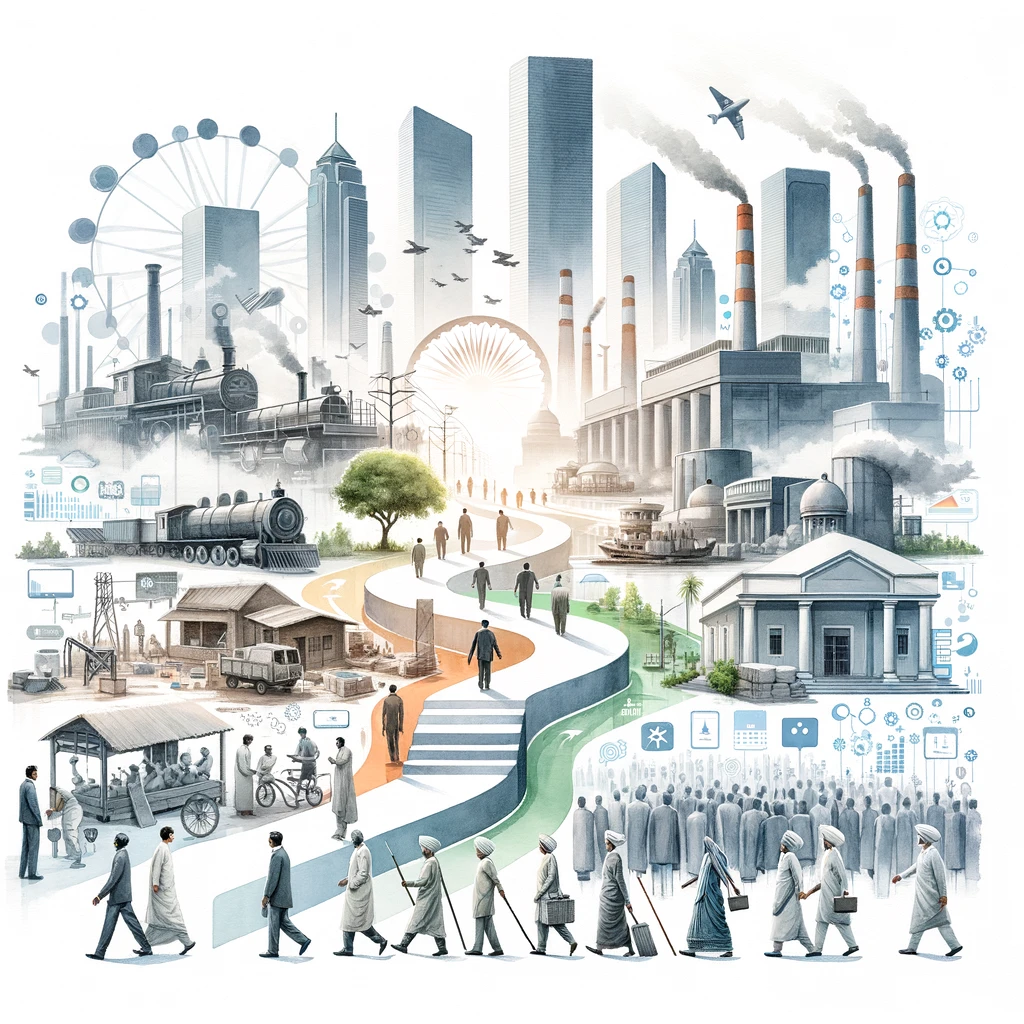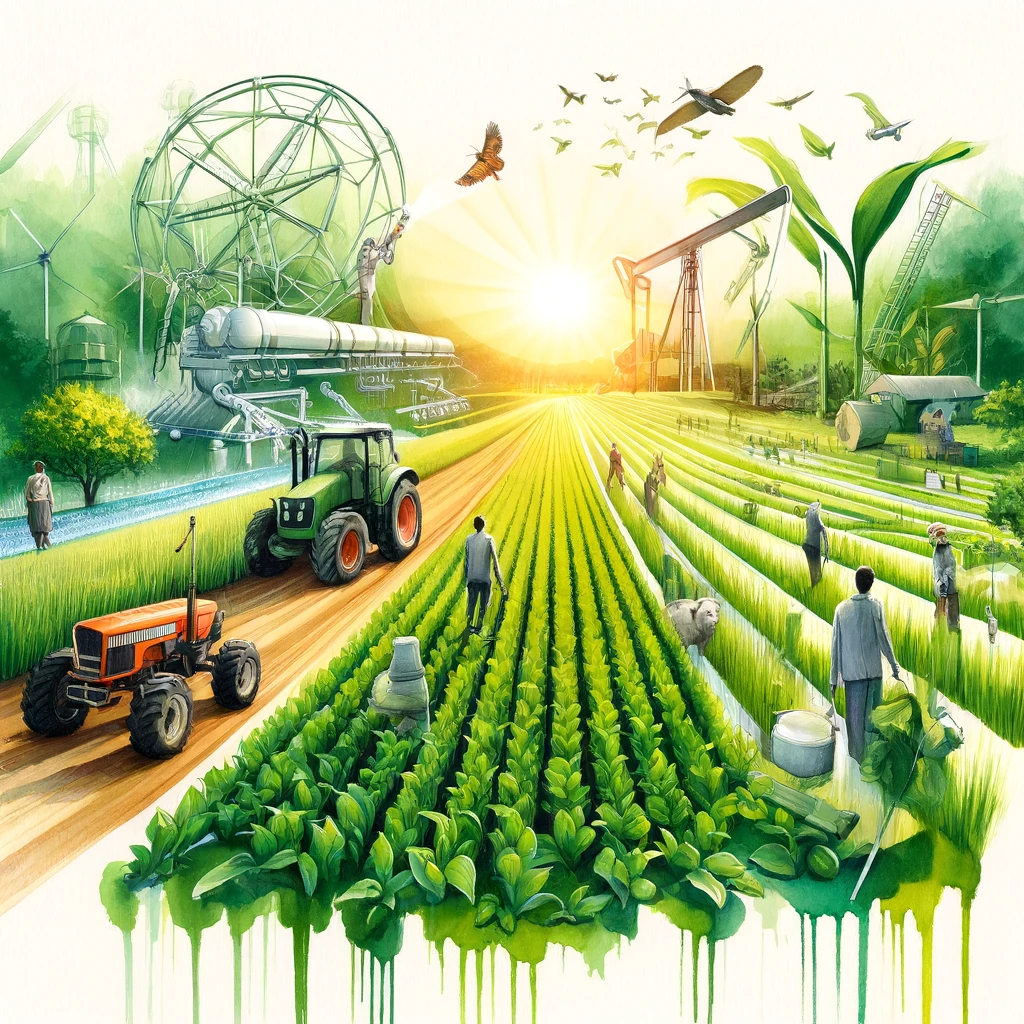Introduction to SDGs and India’s Commitment
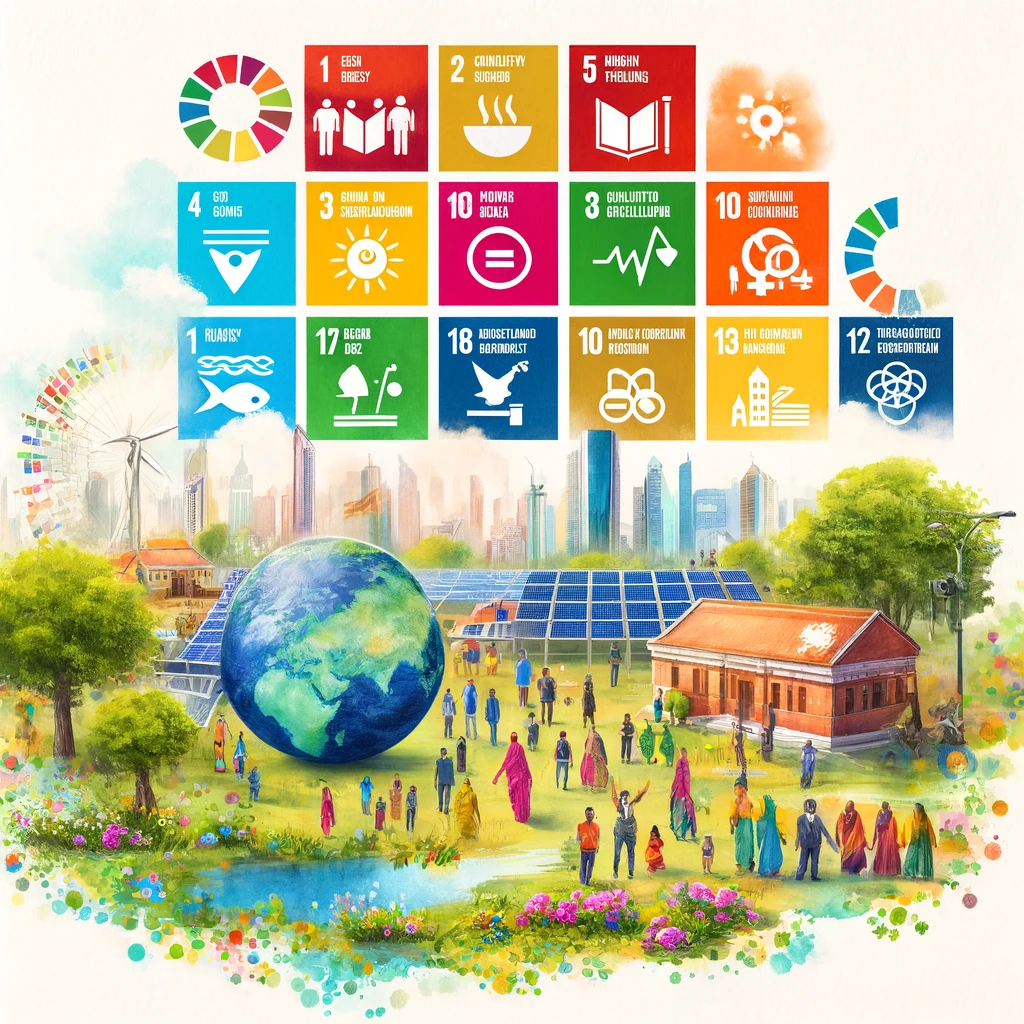
Sustainable Development Goals (SDGs) and Their Global Significance
The Sustainable Development Goals (SDGs) are a set of 17 interconnected goals established by the United Nations in 2015, aimed at ending poverty, protecting the planet, and ensuring prosperity for all by 2030. These goals cover a broad range of social, economic, and environmental development issues, including health, education, inequality, climate change, and peace and justice. The SDGs are significant globally as they provide a universal framework for countries to follow, ensuring that development is sustainable and inclusive.
India’s Commitment to Achieving These Goals
India is committed to achieving the SDGs and has integrated these goals into its national development agenda. The country recognizes that achieving the SDGs is essential for ensuring sustainable development and improving the quality of life for its citizens. India’s commitment is reflected in various national policies, programs, and initiatives aimed at addressing the key areas covered by the SDGs.
Key National Initiatives Aligned with the SDGs
- National Health Mission: Aims to provide universal access to affordable and quality health care services.
- Swachh Bharat Mission: Focuses on achieving universal sanitation coverage and making India open defecation free.
- Pradhan Mantri Awas Yojana: Aims to provide affordable housing for all by 2022.
- Beti Bachao Beti Padhao: Focuses on improving the status of girls in society through education and protection.
- Atal Mission for Rejuvenation and Urban Transformation (AMRUT): Focuses on urban infrastructure development and improving the quality of life in urban areas.
- National Clean Air Programme (NCAP): Aims to tackle air pollution in cities across the country.
Progress on Various SDGs
Overview of India’s Progress on Each of the 17 SDGs
- No Poverty: Significant reduction in poverty rates through various poverty alleviation programs. However, disparities remain.
- Zero Hunger: Improvements in food security and nutrition through schemes like the Public Distribution System (PDS) and Integrated Child Development Services (ICDS).
- Good Health and Well-being: Progress in healthcare access and quality, though challenges remain in rural healthcare infrastructure.
- Quality Education: Increase in school enrollment rates and literacy levels, with ongoing efforts to improve the quality of education.
- Gender Equality: Efforts to improve gender parity, but gender-based violence and discrimination continue to be issues.
- Clean Water and Sanitation: Expansion of sanitation facilities and access to clean water through programs like Swachh Bharat Mission.
- Affordable and Clean Energy: Increase in renewable energy capacity and electrification of rural areas.
- Decent Work and Economic Growth: Growth in employment opportunities and economic growth, but issues of job quality and informal employment persist.
- Industry, Innovation, and Infrastructure: Investments in infrastructure and promotion of innovation and industrial growth.
- Reduced Inequality: Efforts to reduce income inequality and ensure inclusive growth, though regional disparities persist.
- Sustainable Cities and Communities: Initiatives to improve urban infrastructure and make cities more sustainable and resilient.
- Responsible Consumption and Production: Promotion of sustainable consumption and production practices.
- Climate Action: Commitment to climate action through policies aimed at reducing greenhouse gas emissions and promoting renewable energy.
- Life Below Water: Efforts to conserve marine resources and reduce pollution in oceans and seas.
- Life on Land: Initiatives to protect terrestrial ecosystems, forests, and biodiversity.
- Peace, Justice, and Strong Institutions: Efforts to improve governance, reduce corruption, and ensure justice for all.
- Partnerships for the Goals: Strengthening partnerships with various stakeholders to achieve the SDGs.
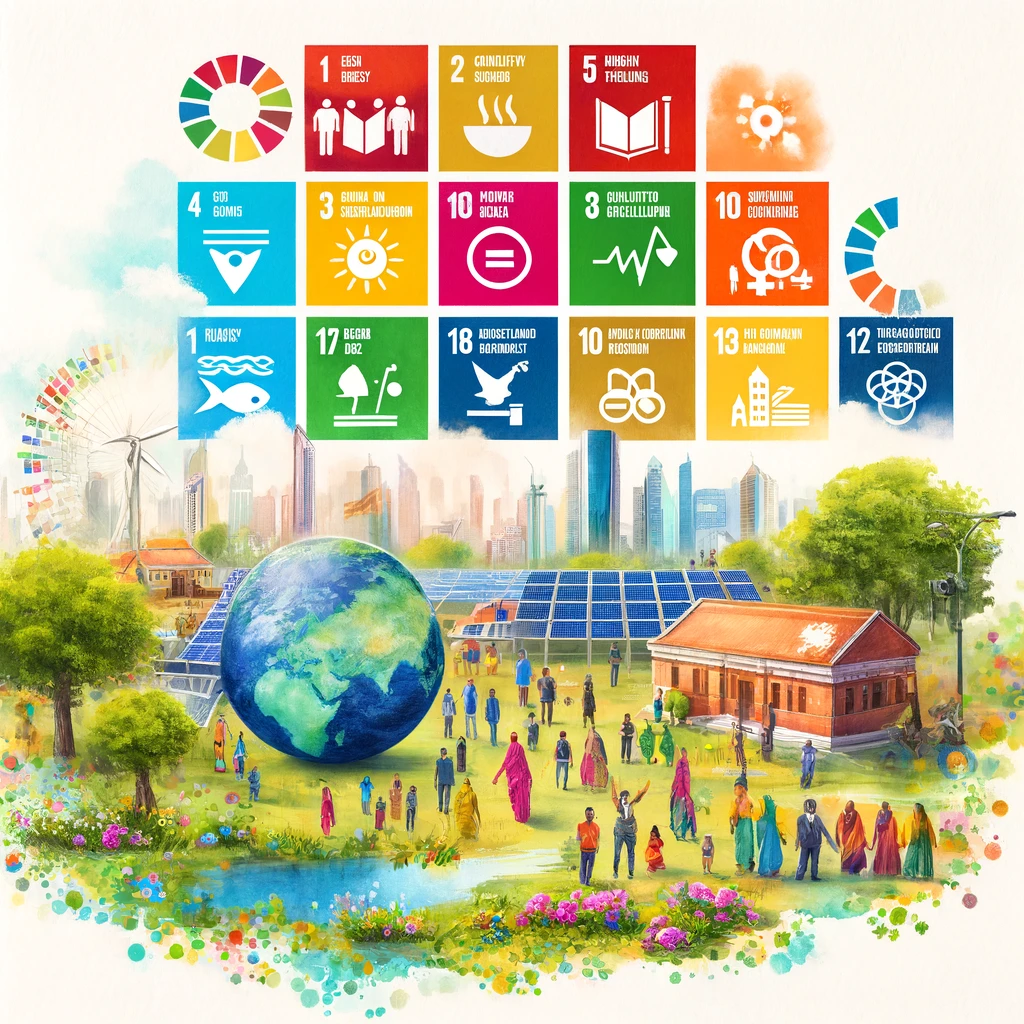
Significant Achievements and Areas of Concern
- Achievements: Notable progress in poverty reduction, access to clean energy, sanitation, and renewable energy capacity.
- Areas of Concern: Persistent issues in healthcare quality, gender inequality, environmental degradation, and regional disparities in development.
Data and Case Studies to Illustrate Progress
- Swachh Bharat Mission: Over 100 million toilets constructed, leading to significant improvements in sanitation and hygiene.
- Pradhan Mantri Ujjwala Yojana: Provided LPG connections to over 80 million households, reducing indoor air pollution and improving health outcomes.
Challenges in Achieving SDGs
Major Challenges India Faces in Achieving the SDGs
- Poverty and Inequality: Despite progress, significant sections of the population remain in poverty, and income inequality is a major challenge.
- Environmental Degradation: Issues like deforestation, pollution, and climate change pose significant threats to sustainable development.
- Governance and Implementation: Effective implementation of policies and programs remains a challenge due to bureaucratic inefficiencies and corruption.
- Health and Education: Inadequate healthcare infrastructure and disparities in educational quality continue to hinder progress.
- Social Issues: Gender-based violence, discrimination, and social exclusion remain significant barriers.
Systemic and Structural Barriers
- Economic Disparities: Uneven economic growth and development across regions.
- Infrastructure Deficits: Lack of adequate infrastructure in rural and urban areas.
- Social Inequities: Deep-rooted social inequities based on caste, gender, and religion.
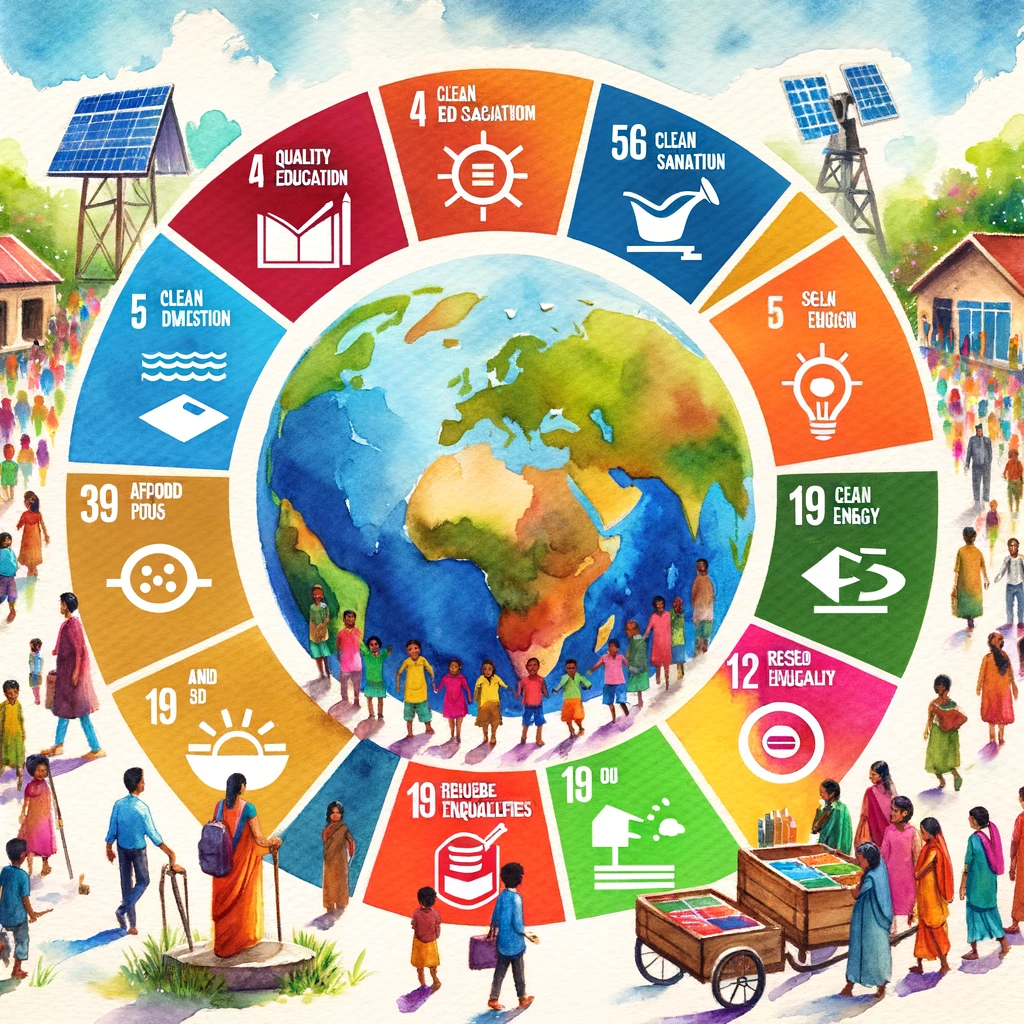
Role of Government and Other Stakeholders
Roles of Various Stakeholders
- Government: Formulating policies, allocating resources, and implementing programs aligned with the SDGs.
- Private Sector: Investing in sustainable practices, innovations, and contributing to economic growth.
- Civil Society: Advocacy, awareness, and implementation support at the grassroots level.
- International Organizations: Providing technical and financial assistance, and facilitating knowledge exchange.
Key Policies and Programs Initiated by the Government
- Atal Innovation Mission: Promotes a culture of innovation and entrepreneurship.
- Digital India: Enhances digital infrastructure and digital literacy.
- Ayushman Bharat: Provides health insurance coverage to over 500 million people.
Successful Partnerships and Collaborations
- Public-Private Partnerships: Collaboration in infrastructure development and social sector initiatives.
- NGO and Community Engagement: Grassroots implementation and monitoring of SDG-related programs.
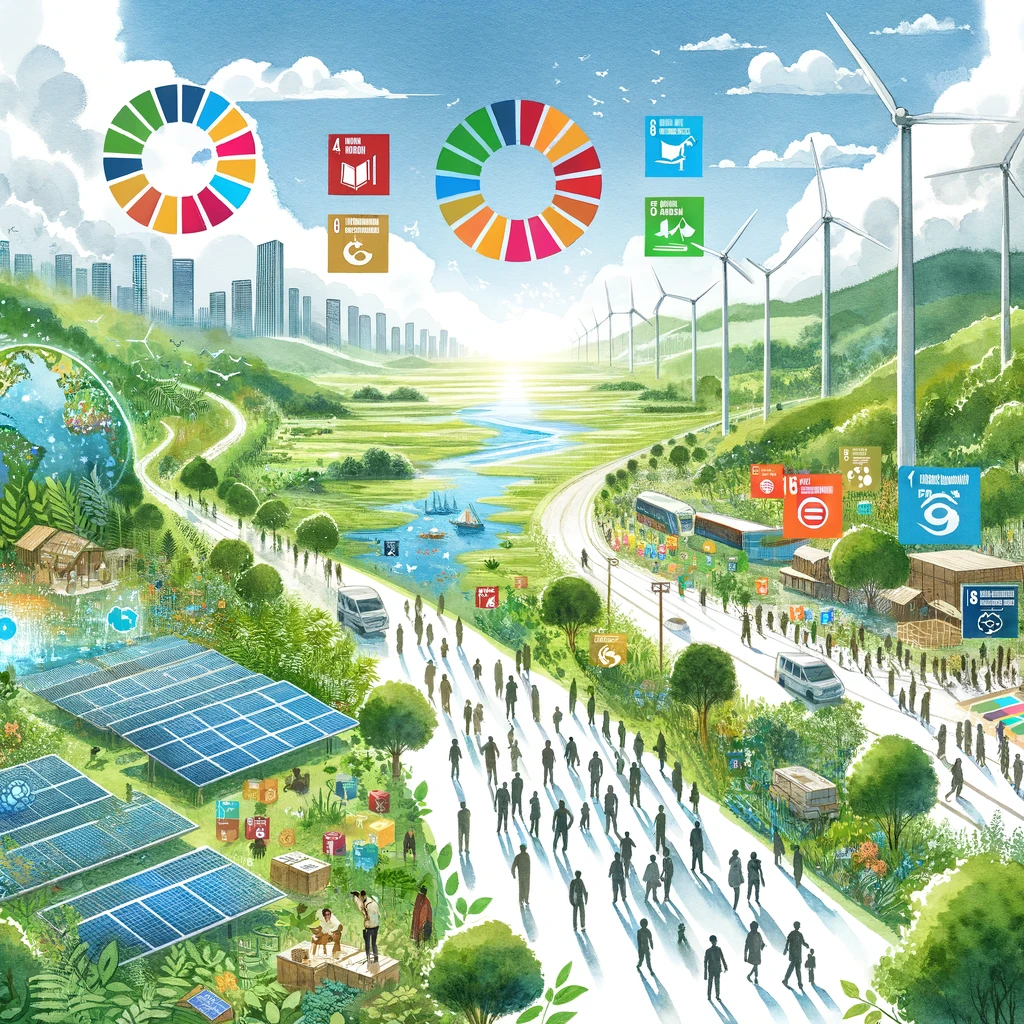
Future Roadmap for Achieving SDGs
Strategic Roadmap for India to Achieve the SDGs by 2030
- Strengthening Governance: Enhancing policy implementation and governance mechanisms.
- Increasing Investments: Boosting investments in health, education, and infrastructure.
- Promoting Inclusive Growth: Ensuring that growth benefits all sections of society, particularly the marginalized.
Importance of Innovation, Technology, and Sustainable Practices
- Innovation and Technology: Leveraging digital technologies and innovations to improve service delivery and efficiency.
- Sustainable Practices: Promoting renewable energy, sustainable agriculture, and conservation of natural resources.
Policy Recommendations and Action Plans for Accelerating Progress
- Enhancing Social Protection: Expanding social safety nets and support for vulnerable populations.
- Fostering Education and Skill Development: Improving the quality of education and vocational training programs.
- Promoting Environmental Sustainability: Strengthening policies on climate action, conservation, and pollution control.
- Strengthening Partnerships: Encouraging collaboration between government, private sector, and civil society for holistic development.
By focusing on these areas and fostering a collaborative approach, India can make significant strides towards achieving the Sustainable Development Goals by 2030, ensuring sustainable and inclusive development for all its citizens.

